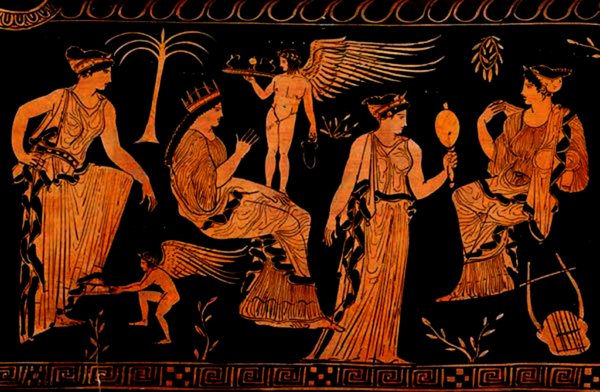Top 10 Ancient Roman Misconceptions
We owe a lot to the Romans, from the three meals a day philosophy to architecture, yet we still have many roman misconceptions about them. Here are some of the few.
10

Starting with the most common one was that Nero played the fiddle as Rome burned during the great fire of 64 AD. Nero wasn’t even in Rome when the fire happened, but when he heard about it, he rushed home and organized a massive relief effort which he paid for from his pocket. Nero went to rescue victims and even opened his palace to shelter the homeless while distributing food supplies. If this wasn’t enough, Nero also reformed the urban plan of Rome to make sure that this didn’t happen again by having the houses better spaced out (sadly, it did happen again, more than once). The fiddle didn’t even exist in 1st-century Rome.
But before you think he was a decent fellow, he was among the early persecutors of Christians whom he set on fire in his gardens as a light source. He also blamed the great fire on them. And another thing that everyone should know is that he also had his mother killed.
9

Many think that Romans used to use crucifixion for almost all crimes, in reality it was usually reserved only for pirates, slaves and enemies of the state; roman citizens were almost never punished with this (except sometimes in the case of high treason). In the case of a member of the Roman nobility being given a death sentence, they were given the option to commit suicide before the sentence was carried out. Also regarding suicides, citizens had to apply to the senate to ask for permission to kill themselves, if it was accepted they got a free hemlock. Since we are on the topic of suicide if a slave killed himself within six months of purchase, the master was entitled to a full refund from the seller. Another interesting thing to know about a roman funeral is that they used to hire jesters called “Archimimes” who used to imitate the mannerisms of the recently deceased.
Coming back to the topic non-Roman citizens though could still be crucified for petty crimes, it wasn’t extremely common though.
8
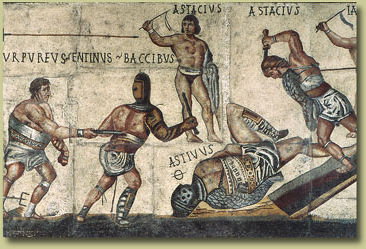
A “gladiator” means a swordsman and thanks to the media they have a lot of misconceptions, looking at you “Gladiator“. First of all matches did not usually end with the death of the gladiator, the Roman scholar Georges Ville found out that only 19 fighters died out of 200 in the 1st century AD, later on however the dying rate increased to 1 in 3 matches. In case a fighter died, the game sponsor (editor) would have to financially compensate the owner of the gladiator. At the end of fights, when the opponent was extremely wounded or became unarmed, the victor couldn’t simply kill him without the permission of the emperor as the emperor only had power to convict someone to death, killing him without permission meant the gladiator faced criminal charges. Now about the famous “thumbs down” gesture, there is no proof that they used that gesture to signify death, more probably it was a sideways motion or even a thumbs up. Another misconception is that gladiators wore mostly forced labor, either prisoners of war or criminals, and most of them were that, but there were a significant portion of them who volunteered; either for fame or money. If you were actually good at fighting you could look forward to a very comfortable retirement (they were granted a villa, lands and even a pension).
Saving the biggest for last, being a gladiator wasn’t just a men’s sport there were women who fought as gladiators too, they were called “gladiatrix“. And the casualness with which roman writers mention them, meant that they were not even a novelty at that time and were pretty common. They only fought at night, and Juvenal (a poet) even condemned them in a poem saying that most of them came from upper class families seeking thrill and attention.
7
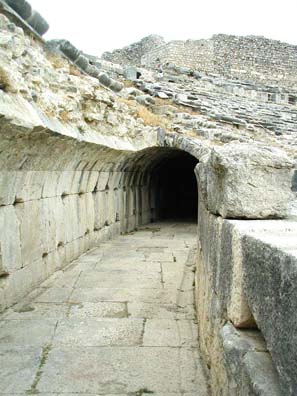
Another very common misconception, is that Romans used to vomit in a special room called a “vomitorium” between courses so they could eat more and party longer. This didn’t actually happen, vomitorium actually is the architectural term for an entrance way through which crowds could enter or exit a stadium. So it was not a special room used for purging food during meals as vomiting was not a regular part of Roman dining but though it did happen, sometimes.
6
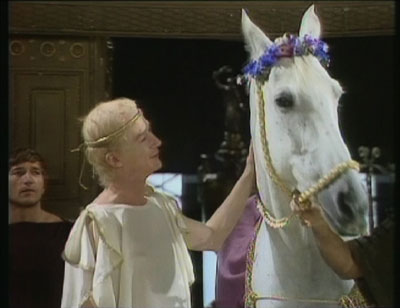
Caligula was a bit of a nut job and a rapist. One famous story is that he had his favorite horse, Incitatus made a consul. The story gained even more popularity after the famous novel “I, Claudius” mentioned the event. The movie “Caligula” even implied bestiality between Caligula and the horse. In reality there is no proof at all to either of these claims, though it is true he was fond of his horse. In regards to making the horse a consul, only two writers Suetonius and Dio Cassius mention it as fact, and both of them had reason to be politically motivated and they also came much later; the most possible scenario is that Caligula jokingly said that he can make his horse a consul, implying that a horse can do a senator’s job, and this remark was taken literally by those two chroniclers.
5
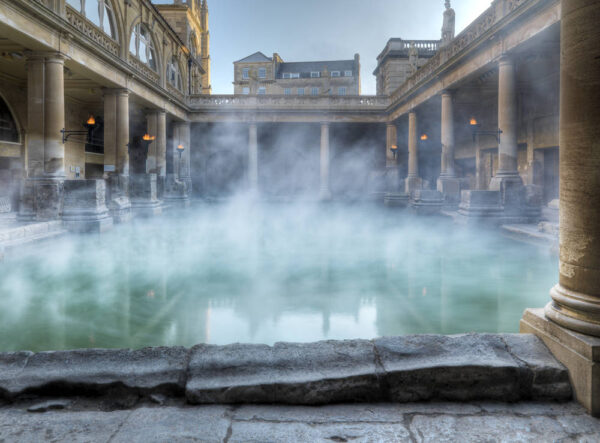
This misconception comes from the fact that Romans didn’t use soap, so what did they use? they used to coat themselves in perfumed olive oil and then scrapped it off with a tool called a strigil (looked like a small curved knife). Soap was an invention by the Celts of Gaul who used sheep fat to make them (perfumed olive oil sounds much better now, doesn’t it?). Another reason for this misconception is that Romans used urine to wash their clothes, this again looks badly for them at first glance but we should know that urine was not used as is, and was chemically treated (probably even distilled), and that urine contains ammonia, which is what we use today to clean stains. Lastly in movies based in ancient Rome we see that the rich go to luxurious private baths and scheme with each other while the poor are all dirty, the part about the rich is true but not about the poor, Romans used to take a bath everyday, and public baths for the poor were extremely affordable, and for the children they were actually free.
4

Life expectancy during ancient Roman times was low but it’s not accurate to assume they died in their early 30’s, in fact, it was low because of the high infant mortality (1 stillbirth in every 11 births) , hence the life expectancy of people who lived past the age of 10 was much higher. If you made it past the age of 10 you could easily live to the age of 47; people from the upper classes living in the 70-80 range was unusual but not unheard of.
3
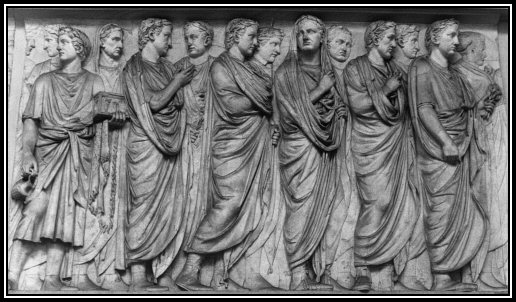
Let’s handle the language first, Romans didn’t speak Latin as we see in universities today, they spoke vulgar Latin, here vulgar means common, as in common Latin. This is where the romance languages developed from and its different from classical Latin. Also Romans were really into Greek, and most of the educated upper class knew how to speak it. Even though Latin was the undeclared lingua franca, most of the eastern empire spoke ancient Greek (it sounded like this). They even translated Latin laws into Greek which was just one of the many differences between the east and the west.
In regards to clothing, toga in the ancient times was more similar to how a suit is today, people didn’t go around wearing them everywhere, as they were pretty expensive and were only reserved for big occasions; the common casual dress were tunics. Juvenal even said “There are many parts of Italy, to tell the truth, in which no man puts on a toga until he is dead”. The feminine version of a toga was called a stola (picture here), one interesting fact is that prostitutes and other women of ill repute used to wear togas (not stolas) as an identifier.
2
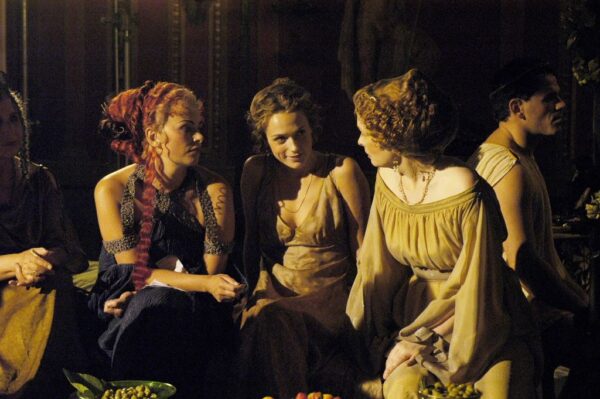
A comparison is often made between Romans and barbarians (Gauls etc.) on their respective treatment of women and how Romans treated them worse in comparison despite their level of sophistication. In reality it wasn’t that bad, daughters (as well as sons) were under a Roman rule of patria potestas which was the almost absolute power the father wielded over his family; they arranged the marriages but a girl could refuse a marriage if she simply showed that her match was of bad character. An interesting tid-bit is that the age of consent for girls was 12 years of age for marrying. Divorce was also allowed and pretty straight forward and informal, the wife simply had to leave the husbands house and take her dowry back. Domestic abuse was illegal, and wife beating was sufficient grounds for divorce. Even though women weren’t allowed to enter politics or join the army, they did very much take part in business, owning property, lending and even borrowing money. Laws during the Imperial period aimed at punishing women for adultery exempted those “who have charge of any business or shop” from prosecution. Women could also get religious power by joining the order of the Vestal virgins. In a way they actually lived better off than women in some countries today. (The picture on top is not a painting, its an extremely retouched still from the inspired TV series “Rome”).
1
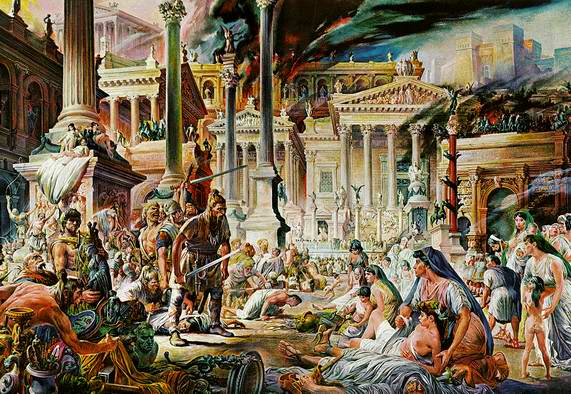
Thinking of the Roman empire just falling in a short period of time, is not the right way to look at it. The decline and fall of Rome is a confusing matter, first of all in AD 285 Rome split in two, east and west. Both thought of themselves as the continuation of the roman empire and both had different fates. The west lasted for 500 years while the east for1500 years. It’s easy to think of the barbarians at the gates theory, that some barbarians looted Rome and weakened them to the point of ending the empire, but actually they were just part of a long series of events bringing about the downfall of the empire, and most were subtle as the decay started hundred of years before the actual final fall. First of all there was the Antonine Plague, almost killing half of the roman population, then there was environmental degradation resulting from deforestation and over farming. The empire extended roman citizenship to almost everyone in their borders which was a bad idea as it allowed anyone to join the army now, so now there were people in the army who never even saw Rome in their lives, so their loyalty was with gold and their commanders, and as the barbarian invasions started, they had more to gain with looting Rome with them rather than fighting against them.
The Praetorian Guard which designed to be an emperor’s elite bodyguard was also a very problematic idea from the start, they simply killed any emperor who didn’t seem to match their agenda (or pay them enough), and this created instability. But at the end of the day another way to look at the Romans is that they never actually died out and instead continued in the form of the holy roman empire (Voltaire may disagree though).
- Top 10 Art Books for Complete Beginners - March 14, 2017
- Top 10 Best Occult Books For Beginners - November 13, 2016
- Top 10 Places Straight Out Of Fairy Tales You Have to Visit - November 8, 2016



